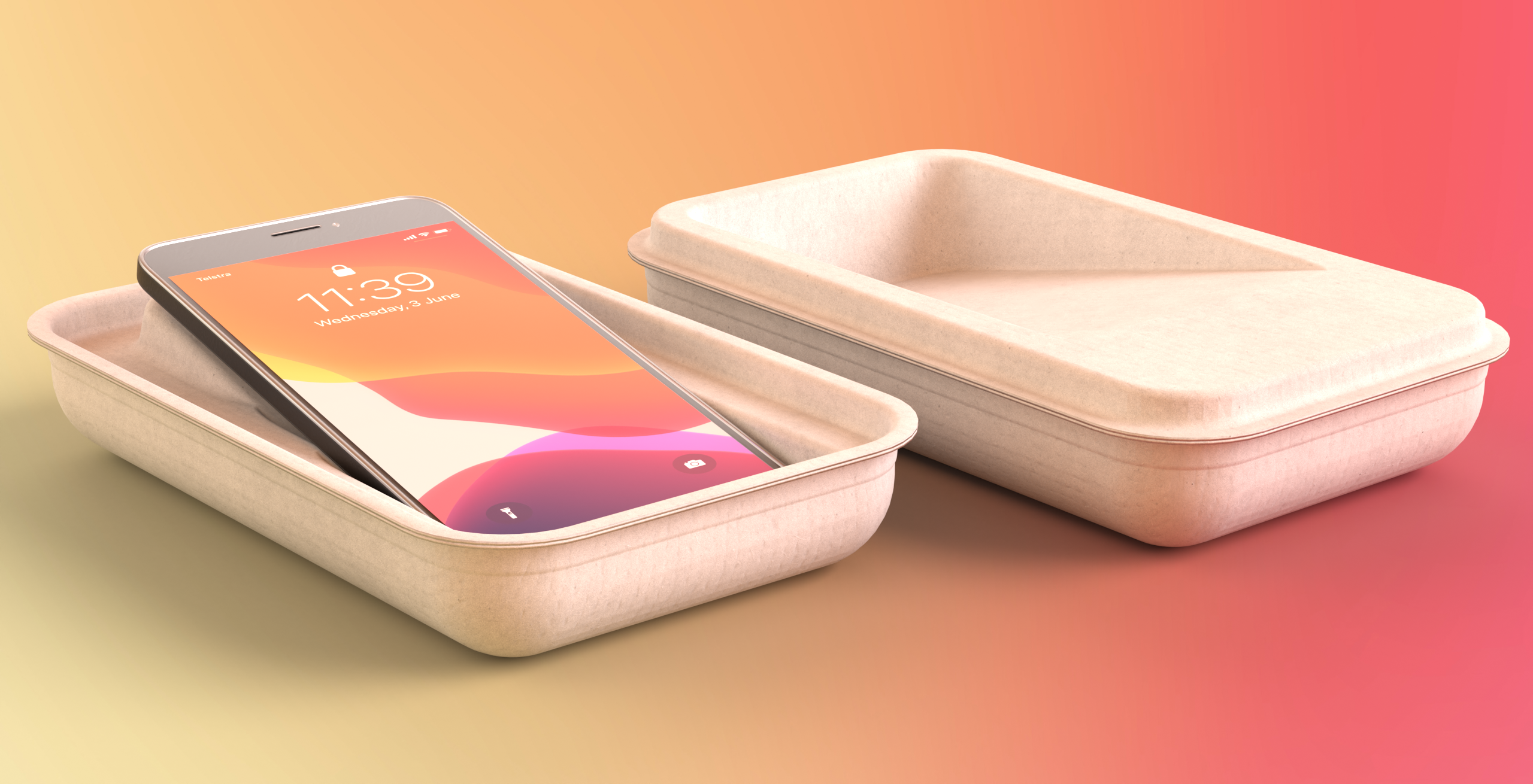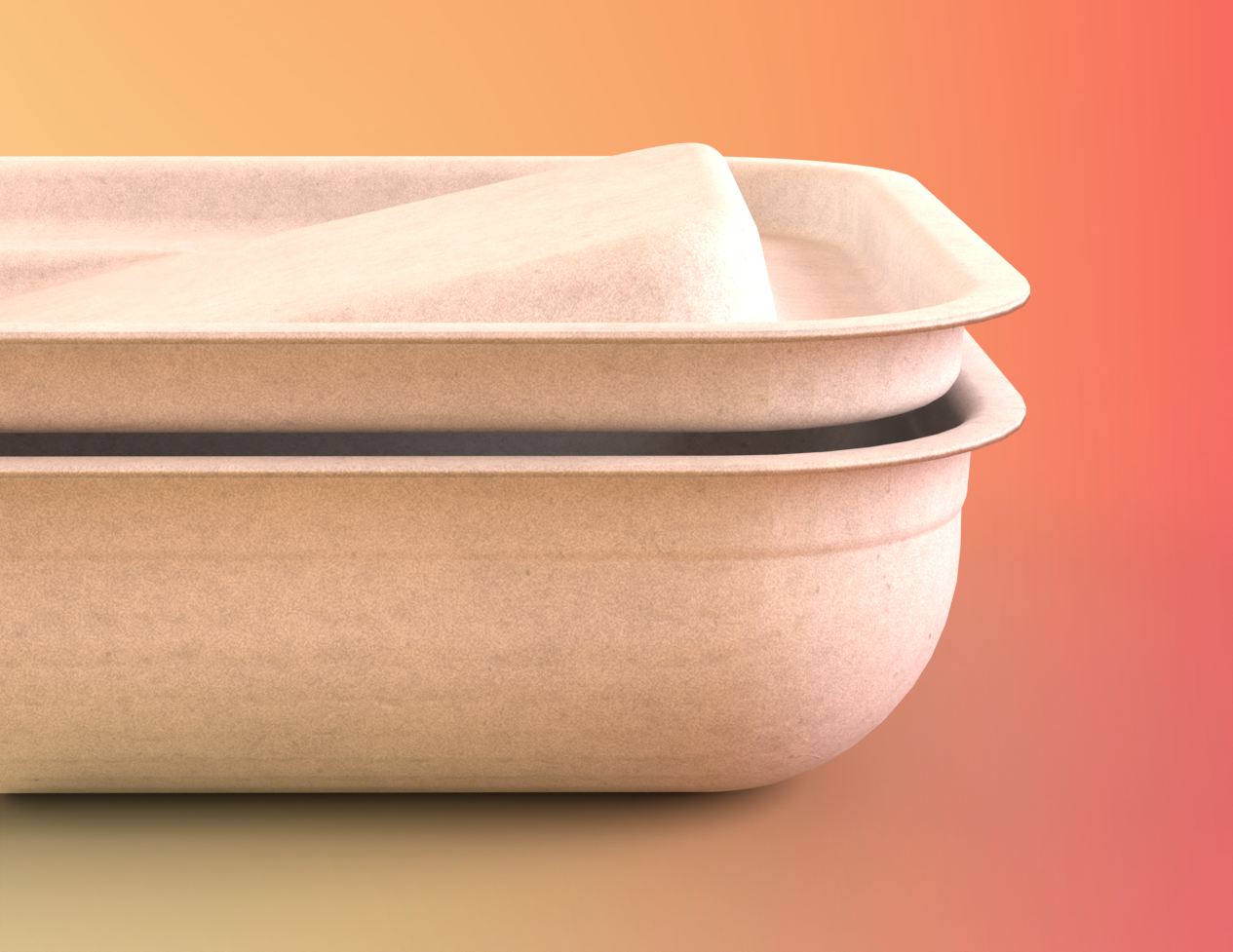Why You Should Know About Bagasse

Bagasse – the real deal.
Research shows that the Molded Pulp Packaging Market is likely to surpass $4.3 billion by 2026.
Now is the time to look into the truly sustainable resource that makes moulded pulp products, bagasse, a waste product of sugarcane. We have access to a much more sustainable alternative, as sugarcane is a fast-growing staple product.
The smarter option.
Using waste from agriculture is a better alternative. This waste by-product is already being produced, rather than being specifically farmed, like wood, which takes many years to grow. Bagasse also requires much less input to create the same amount of pulp compared to paper.
At RooCreate, we are reusing waste materials from the environment, so not to add MORE, and utilise what is already available.
In the search for genuinely sustainable packaging, this is an opportunity that has gone unnoticed. With approximately 80 cane-sugar producing countries, there is so much potential to make better use of the fibrous residue known as bagasse.
Never heard of it?
Bagasse is commonly used as a filler for paper or fibreboard. Bagasse is the eco-friendlier alternative to paper as well, it looks and feels like wood paper, but only takes 1 year to grow and harvest. This compared to paper, which can take up to 20 years to grow.
This recyclable and compostable marvel is exactly what you need in your eco-packaging.
Key benefits of bagasse.
Using bagasse protects forests and its production requires fewer toxic chemicals. Less energy and water is used to make the product, all this, in turn, plays an important role in helping Australia achieve its Renewable Energy Target.
Businesses need to utilise rapidly renewable sources. Bagasse uses lower energy-related emissions, which help to contribute to lowering global warming. It requires less energy in the manufacturing process because it is just the fibre remaining from sugar processing.
Using it as a material for packaging removes the need for transporting the bagasse away. If bagasse were left to rot, it would break down and release greenhouse gases, particularly methane, which is 27 times more dangerous to the ozone than carbon dioxide.
Importantly, it is durable and unaffected by extremes in temperature, which make it a useful material in the consumer space.
Notable factors of bagasse include:
- microwave and freezer safe,
- can handle hot liquids up to 120 Degrees Centigrade
- oven safe up to 220 Degrees Centigrade.
Bagasse in design.
Practical benefits include space savings. Being nestable and stackable reduces storage costs as much as 70%. Protection is another benefit, bagasse gives superior shock and vibration cushioning. In addition, bagasse can be engineered to your specifications, the option of custom design is a great advantage.
It offers price stability, minimal dependence on volatile price fluctuations of oil, gas and resins gives you a long term price guarantee. It also comes at a lower cost than other protective packaging options e.g. foams and thermoformed plastics.
Products made from bagasse do not need a PLA lining because it is naturally oil and leak-proof, making it both home-compostable and industrially compostable. Bagasse is a great composting material, so giving it a second life as packaging is great for the environment.
The way of the future.
Bagasse does not need any labels, like biodegradable, that tend to be misleading. It is both home-compostable and industrially compostable. It is a best-case scenario that the products end up in your home-compost, but they could also end up in the recycling (as they look most similar to paper products), become incinerated and lastly end up in a landfill.
It is important to note that industrially composed materials are no better if they are also being put into landfill. Home-composting is where you can make a difference. Composting reduces methane production (a major source of greenhouse gas) and provides a series of economic and environmental co-benefits.


